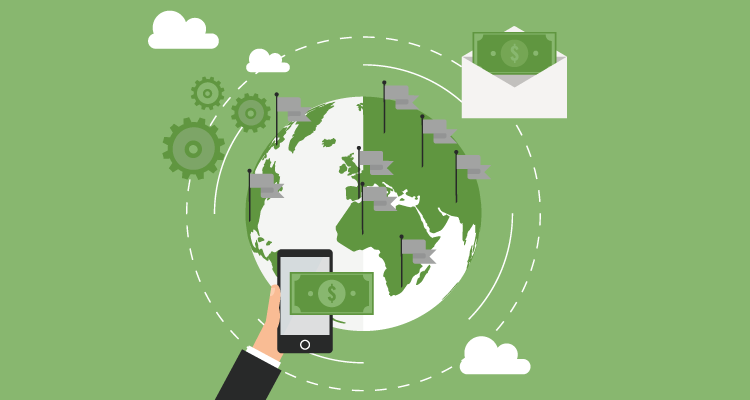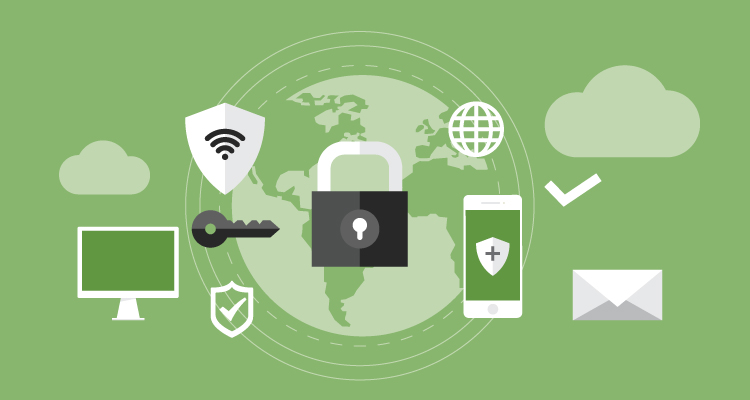Looking forward to the year ahead, the future of fintech is bright; there will continue to be more innovation and change within in the space, especially it comes to payments. The below trends will impact businesses in 2017 as trends of large companies will trickle down to smaller businesses.
From increased adoption of additional payment channels to new payment technologies, here is what every business owner needs to know about the future of fintech payments to prepare for 2017.

Table of Contents
ToggleToday’s consumers crave convenience
Credit cards will continue to grow in usage as they steadily become the preferred way to pay among the majority of consumers, and businesses – of all kinds and sizes – will adapt accordingly. Both small businesses, such as food trucks or businesses at fairs, expos, or farmers’ markets, and large incumbents, like the government, who did not previously accept credit cards mere years ago have now expanded their methods of payment to include electronic forms like credit and debit cards.
This mass movement can be attributed to the fact that the modern consumer values convenience and choice. Consumers prefer to pay with credit cards for a multitude of reasons: speed, points, rewards, cash back, etc. They’ll give their business to those that cater to their preferences. Businesses would do well to take note by allowing consumers to pay however they want. A MasterCard announcement stated, “The wave of social engagement we see every time new payment innovations are rolled out truly reflects the demand and desire for new and more convenient ways to pay. It also shows that payments have really moved into the heart of the shopping experience. This causes frustration when not accepted and engagement when fast, easy and personal.”
In addition to more businesses accepting credit cards, more will also accept electronic payments in new ways. In addition, the eCommerce world is thriving. For businesses who are not yet selling online, eCommerce is yet another revenue stream that is worth considering.
Fintech Payment processes will unify and speed up
The future of payments is faster and friction-free. More and more businesses are adopting an omni-channel model to their business. This means catering to the behaviors of modern consumers who browse and shop across multiple channels. “71% of in-store shoppers who use smartphones for online research say their device has become more important to their in-store experience.” An omni-channel approach means all the channels are synonymous and feels like a cohesive experience. Research results indicated that when it comes to mobile payments, consumers wanted to be able to utilize it beyond in-store application; “consumers want payment options that work across channels. ‘They expect it to seamlessly work across the virtual and physical worlds,”.
Consumers also want an increased level of personalization across channels; “By 2018, Gartner predicts that organizations that excel in personalization will outsell companies that don’t by 20%” and “85% [of shoppers] say they’d be more likely to shop in places that offer personalized coupons and exclusive offers in-store.” More personalization and a cohesive shopping experience will ultimately lead to better customer service.
In addition to a unity among the multiple payment channels, the individual payment processes will become faster and friction-free as well. Consumers crave speed and in the context of payments: a speedier checkout. Companies are exploring new technologies that will remove the friction completely in payment processes; Amazon has launched a revolutionary beta program called Amazon Go that will allow customers to grocery shop and leave, with payment automatically processed.

Mobile payment usage will continue to rise
Mobile payments are by no means a new entrant to the world of payments, but the introduction of Apple Pay globally and the U.S. EMV shift helped increase its popularity. The EMV migration in the U.S. is not a legal requirement, and as such adoption has been low. EMV adoption will be aided by merchant education and a push for tap and pay and mobile payments.
Business owners are required to upgrade to EMV-enabled terminals in order to accept Chip and PIN transactions. These same terminals are equipped to process tap and pay and mobile payments. Both of these are significantly faster than Chip and PIN transactions but equally as secure. Mobile payments are steadily on their way to ubiquity; a report predicts that while tap and pay is fast becoming widespread, “mobile payments will not likely to become a major factor until 2020.”
There will be more fintech collaborations
As I mentioned at the beginning of this article, the fintech industry will only continue to grow. This will be aided by an influx of collaborations between financial institutions and fintech companies to come. There are many partnerships, and 2017 will see more collaborations between fintech companies and banks to bring about further innovation.

As well as more emphasis on security
For as long as credit cards were in existence, concerns of security were as well. As new and advanced technologies emerge, the question of security will have a parallel ascent. Consumers want convenience and speed in their transactions, but they also want their payment information to be secure and protected. According to a survey, “90% of consumers agree stores and retailers should be held to the same standards as banks and financial intuitions to keep customer data secure.” It’s a point of concern for many consumers, so in addition to adopting the new payment technologies, businesses will need to ensure and assure their consumers that sensitive information is safe.
In 2017, the future of fintech will bring about multichannel, omni-channel, mobile payments, collaborations, and enhanced security. For a more in-depth look at what’s to come for the upcoming year, take a look at Payfirma CEO Michael Gokturk’s thoughts on payments in 2017.













